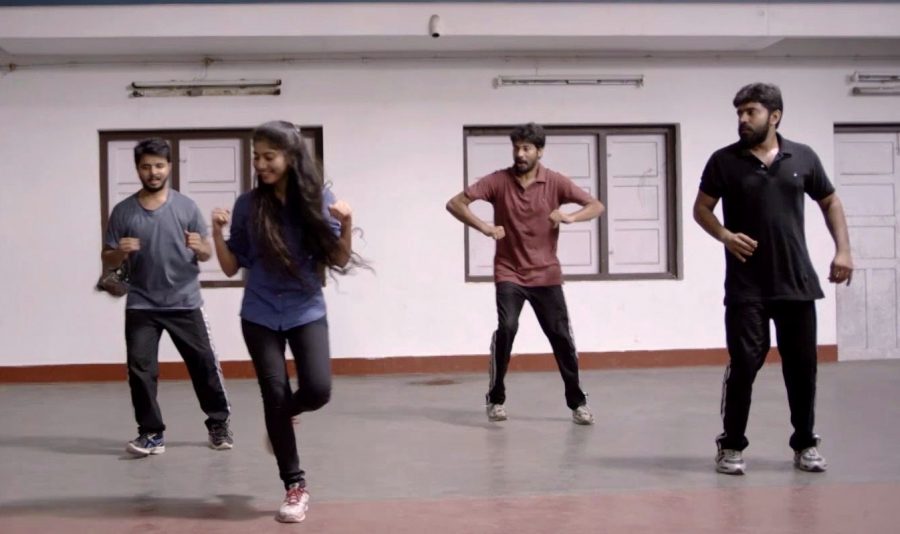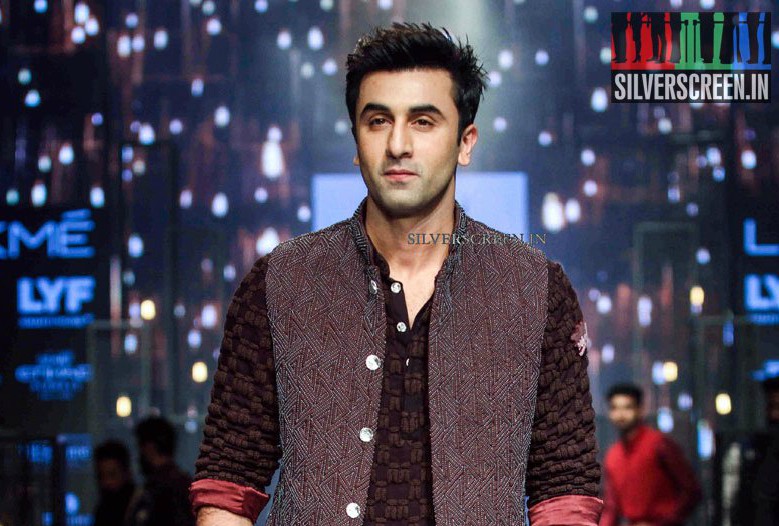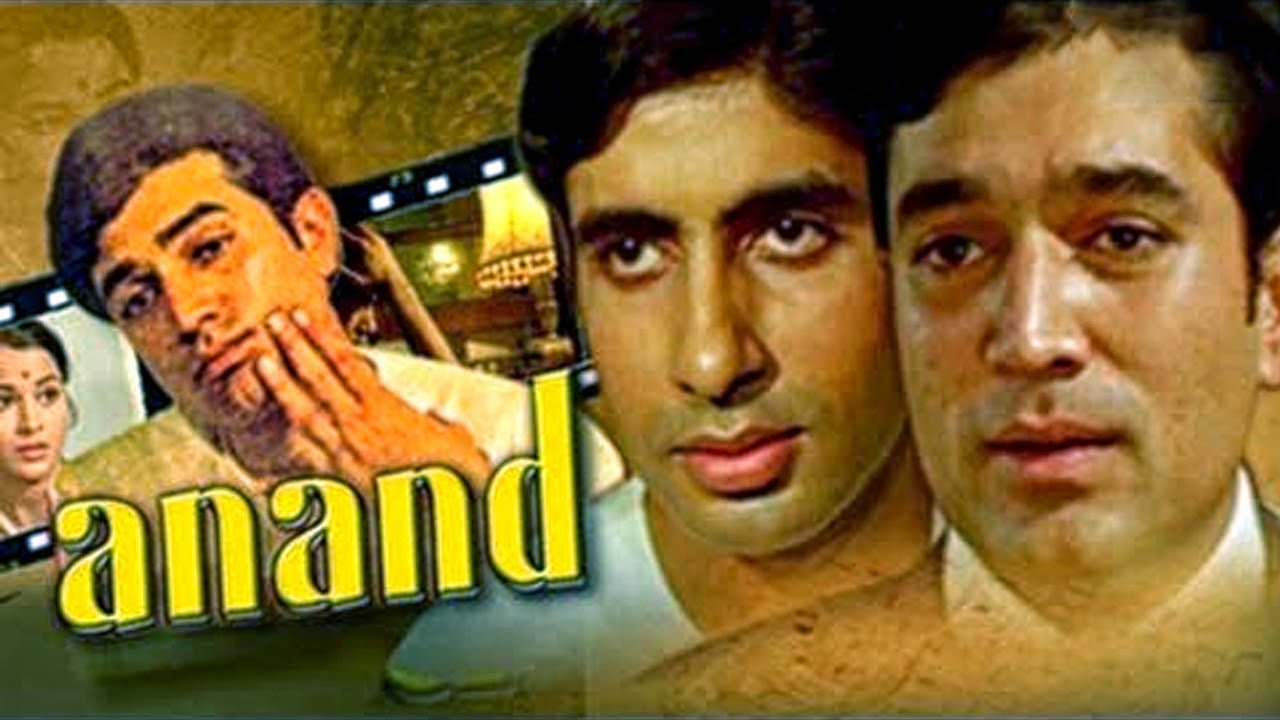On International Dance Day, a look at some remarkable dance numbers that make Malayalam cinema what it is today
In a recent television interview, State Award-wining actor, Vinaayakan, spoke about the infamous inhibition of Malayalees. “We never open up,” said the actor. “We might be the only group in the whole world who would listen to Michael Jackson songs elegantly glued to the chair. I mean, who does that?” he laughed.
Vinaayakan’s observation is not without reason.
The middle-class Malayalee community has taken the moral high ground about dancing in the public. Consider the public support received by the woman who slapped a girl student for taking part in a flash-mob last year in Kollam. Also, not many wedding parties in the State see the guests and hosts shaking a leg like in “Thudakkam Mangalyam“.
Nevertheless, in the State’s robust cinema industry, dance numbers have always been a popular ingredient. A running joke in Kerala is that every gaanamela, the music concert where film songs are performed, starts with the solemn “Idayakanyake“ and ends with the very dynamic “Velmuruka Haro Hara”.
*****
It’s hard to watch Alphonse Putheren’s Premam without being charmed by Malar’s epic dance scene. It happens almost out of the blue, although in the preceding scene, the film sends a covert clue: the sound of a feeble thunder. Malar (Sai Pallavi), the young teaching assistant who is always seen in well-starched cotton sarees and a gentle body-language, swaps those for a t-shirt, track-pants, a pair of shoes and a mischievous smile, and dances to Rockaankuthu, a peppy number. The scene is beautifully staged. The camera goes around Malar, with her at the centre of the frame, the others pushed to a corner, and settles on the face of George, Shambhu and Koya who stand aghast. And, it’s so well acted that you totally fall for Malar’s cool-headed swag.
Not an exaggeration to say that Premam, many years later, will be remembered for that one scene.
It’s a wonder how, sometimes, a dance-music sequence changes the texture of a film, and sometimes, also overshadows the rest of the film.
Remember the very spirited “Anthikkadappurathu“ from Chamayam in which Manoj K Jayan and veteran actor Murali, who are not otherwise fine dancers, dance their heart out on the beach, thus forging a great friendship? The dance, set in the backdrop of a sunset, isn’t shot as a physical exercise, but a scene with a well-defined character.
One of the most important films in the history of Malayalam cinema, Manichitrathaazhu, has an epic dance scene – “Oru Murai Vanthu Parthaya”. Shobana’s Ganga, suffering from a lethal version of dissociative identity disorder, dresses up and performs a Bharathanatyam number, believing that she is Naagavalli, a danseuse from yore. That dance sequence in Manichithrathazhu, well-executed and composed, is a fine combination of great acting and pure art.
*****
There is a peppy film song for every age in Malayalam cinema. From the black and white times, there is “Chettikkulangara Bharani Naalil” from Sindhu (1975), featuring Prem Nazir as a gaanamela singer. The song has attained a cult status, and is popular even among the millennials.
From the ’80s, there is “Oru Madhurakkinaavin“, in which the then teenage stars, Rahman and Shobana, do some zesty break-dance steps, and from the late ’90s, there is Mohanlal’s “Thaankinakka Dhillam Dhillam”. Now, there are new generation dance numbers with stylized visuals, like “Osama” from Sagar Alias Jacky and “Pista Suma Kira” from Neram, but the old-fashioned dance numbers haven’t lost their charm.
In the ’70s and the ’80s, it was common practice to include a cabaret number in commercial Malayalam films even if it was inconsequential to the plot. Artistes like Jayamalini and Anuradha were much sought-after for cabaret and disco numbers, and one of the most popular cabaret songs, “Innee Theeram Thedum Thirayude Paattil”, featured actress Seema. In a re-edited version of My Dear Kuttichathan, a 3D film with four children playing the lead, there is a brief scene featuring a cabaret performance.
Rahman, Mohanlal and Raveendran were the few senior male actors in ’80s and ’90s Malayalam cinema, who could do dance sequences with aplomb. While Rahman and Raveendran were known for their disco numbers, Mohanlal was the favourite among the family audiences, for he had the body language of a boy-next-door. He could liven up a song sequence with a pinch of humour, combined with cart-wheels and somersaults, like in “Kavilinayil”, from Vandhanam (1989).
Later, Mohanlal did Kamaladalam, a full-fledged dance movie in which he played Nandagopal, a disgraced dance teacher at Kerala Kalamandalam. One of the most important scenes in the film involves a brilliant dance performance by Lal, who does an impromptu performance of “Aananda Nadanam” in front of his rivals and haters, leaving them impressed. “Aananda Nadanam” is the key to unlocking the genius that Nandagopal is.
It was Mohanlal who introduced item-dance numbers to Malayalam cinema through the song “Thankanakka Dhillam Dhillam” (Narasimham, 2000), in which a lesser-known Tamil actress, Alphonsa, danced in skimpy clothes with a flirtatious Mohanlal and his on-screen friends. This was repeated in films like Ravanaprabhu, Praja and Thaandavam, where a barely-clad item girl danced to highly vulgar lyrics to emphasize the hero’s machismo. Although “Thanganakka Dhillam Dhillam” is still remembered for its choreography, grand settings and energetic music, most of the item numbers from early 2000s were forgotten quickly.
It was after a string of unremarkable flop films in the first half of 2000s, that Naran (2005) happened to Mohanlal. For his fans, the film, a poignant revenge drama set in a picturesque village, had every element to celebrate the return of the Superstar in his glorious form. The icing on the cake was the chirpy number, “Velmuruka Haro Hara”, sung by MG Sreekumar and composed by Deepak Dev. Lal danced like a happy child, with a Kavadi (a decorated arched bamboo pole) on his shoulder. The lyrics were free of sexual innuendos, and the visuals didn’t objectify women. The song sequence was instrumental in showing how steeped Mohanlal’s Velayudhan was in the little hamlet he grew up in.
*****
It was Lal Jose’s Meesa Madhavan that rocketed Dileep to the status of a Superstar in Malayalam cinema. Like an ideal star-vehicle, the film had a dance number, “Chingamaasam Vannu Chernnal”, in which Dileep performed with a new actress, Jyothirmayi. The song, a still popular number composed by Vidyasagar, was Dileep’s way of saying that he was an all-rounder star. After the giant success of the song, the actor made it a point to include a similar fast-paced song in every film of his.
One of the most popular dance numbers of this decade was from Alphonse Putheran’s Neram. The song, “Pista Sumakira”, had its gibberish lyrics borrowed from a comic scene starring Jagathy Sreekumar in Kinnaram (1983). “Pista Sumakira” had unconventional visuals, like that of a blooper video – the cast and crew of the film danced away on the film’s set, just for the sheer fun of it. The song wasn’t included in the film, but it played a major role in promoting Neram – which was a collaboration of fresh-faces, new technicians and a debutant director – on television channels and the Internet.
The recent Angamaly Diaries too, has two rhythmic dance numbers – “Theeyamme” and “Thana Dhina Thanthinare” – the folk touch making them instantly likeable. They are raw folk numbers, arranged by composer Prashanth Pillai and sung by a popular local singer, PP Francis aka Angamaly Pranchi. “Thana Dhina” is shot on a wedding night in a colony in Angamaly, a small-town where the film is set in. The friends and relatives of the bride and the groom cook their favourite meat dishes, down bottles of alcohol, and dance the night away. No choreographed steps, no sense of awareness of time or etiquette. The men and women, young and old, come together for a carefree dance to celebrate being happy.
*****



